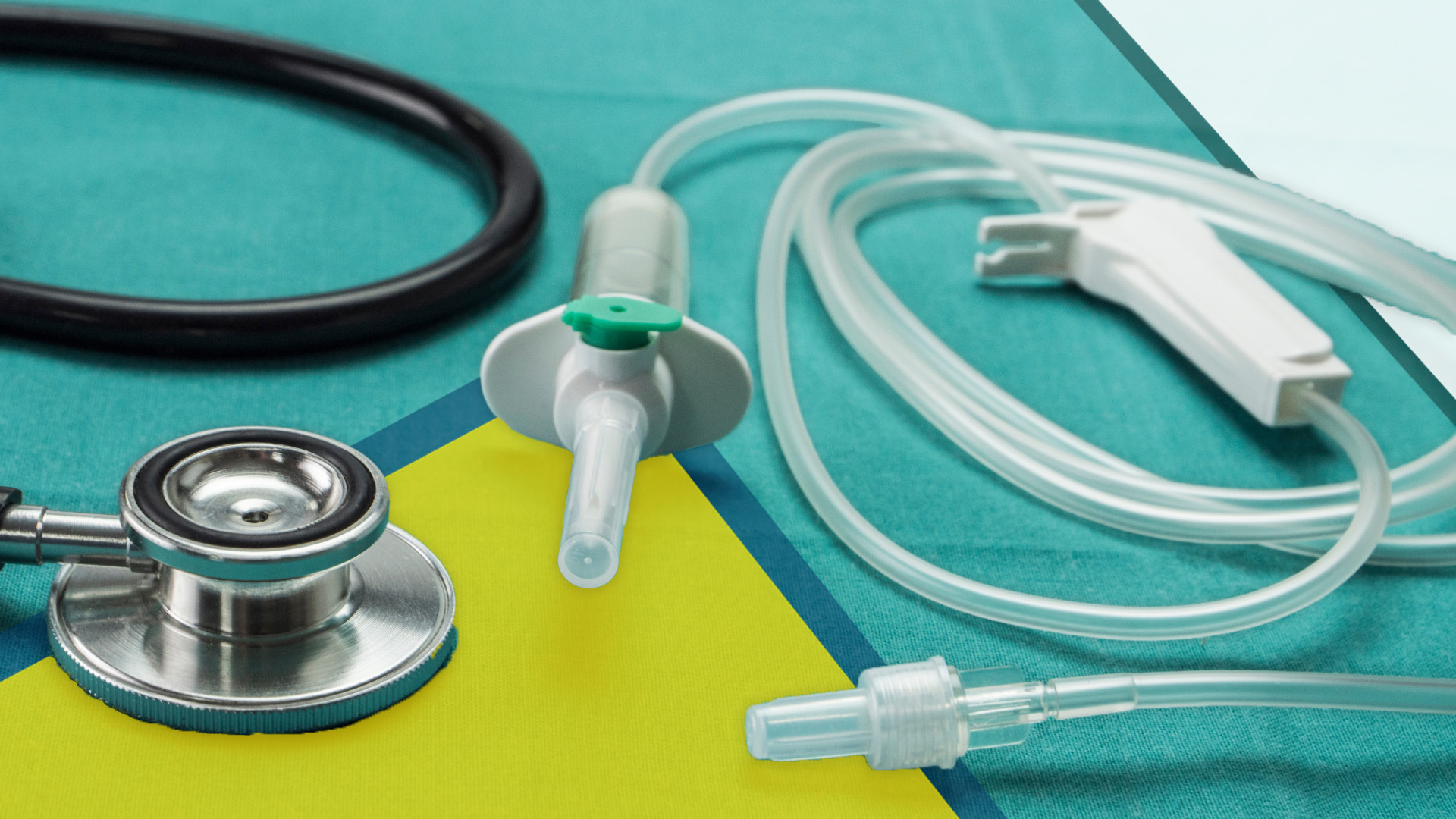Every day, numerous important medical devices are used, and they need proper storage to stay safe and effective. Businesses often seek dependable warehousing partners for this task. In this article, we’ll explore different types of medical devices and share tips on choosing the right warehouse partner.
What Is A Medical Device?
First, it’s important to understand what the FDA classifies as a medical device. According to them, a medical device is “any instrument, machine, contrivance, implant, in vitro reagent that’s intended to treat, cure, prevent, mitigate, diagnose disease in man”. The next step is to find out which of the three classes your product resides: Class Ⅰ, Class Ⅱ, or Class Ⅲ. The reason behind understanding what class your product is, is due to the fact that there are specific controls for each classification that you must adhere to.
- Class Ⅰ Devices: Class 1 medical devices are considered to have a low to moderate risk to the patient and the user. These devices are subject to the least regulatory control and are often simpler in design and function compared to higher-risk medical devices. Some examples include exam gloves, dental floss, and bandages.
- Class Ⅱ Devices: Class 2 medical devices pose a moderate risk to patients and users. These devices are subject to more regulatory controls compared to Class I devices due to their higher level of risk. Examples of class 2 medical devices include pregnancy tests, surgical drapes, and thermometers.
- Class ⅠⅡ Devices: Class 3 medical devices are seen as the highest risk to patients and users. These devices are subject to the most stringent regulatory controls due to their significant potential for harm if they do not work as intended. Examples include defibrillators, artificial hearts, and implantable pacemakers.
To find your product’s classification, go to the FDA product classification database.
ISO Standards for Medical Devices
Certifications to the ISO standard aren’t required by the FDA, however, many manufacturers expect the warehouses to have these certifications showing credibility and proving that they have the correct procedures in place for handling and risk mitigation. There are two primary ISO standards that are vital in ensuring both the production, handling and storage of these devices are high quality.
ISO 9001
Although this isn’t specifically tied to medical devices, ISO 9001 encourages organizations to define, document, and continuously improve their processes to achieve desired outcomes and meet quality objectives. This is especially important when medical devices are used in the treatment of lives.
ISO 13485
While ISO 9001 provides a general framework for quality management applicable to various industries, ISO 13485 is specifically tailored to meet the unique quality and regulatory requirements of the medical device sector. Many businesses often seek ISO 13485 certification to demonstrate compliance with industry-specific standards and regulations.
What To Look For In A Medical Device Warehouse
When selecting a warehouse to store medical devices, businesses should consider several key factors to ensure compliance with regulatory requirements and the safe storage of these critical products. Here are some important considerations:
- Security Measures: Understand the warehouse’s security measures like surveillance cameras and alarm systems. Medical devices are valuable assets and require protection against theft, tampering, and unauthorized access.
- Cleanliness and Hygiene: Ensure that the warehouse maintains high standards of cleanliness and hygiene to prevent contamination of medical devices. This includes regular cleaning protocols, pest control measures, and adherence to sanitary practices.
- Inventory Management Systems: Choose a warehouse with robust inventory management systems that enable accurate tracking and tracing of medical devices throughout the storage and distribution process. This includes barcode scanning, serialization, and electronic record-keeping.
- Quality Control and Inspections: It’s important to confirm that the warehouse conducts regular quality assurance checks and inspections. This helps ensure strict compliance with storage protocols, safety standards, and regulatory requirements. Warehouse facilities with certifications to the ISO standard demonstrate their commitment to maintaining high standards and adhering to regulations, providing added assurance of quality and reliability in storing medical devices.
- Emergency Preparedness: Assess the warehouse’s emergency preparedness plans, including protocols for handling emergencies such as power outages, natural disasters, or security breaches. Ensure that there are contingency plans in place to protect medical devices and minimize risks.
Choose Nautical – A Certified Medical Device Storage Warehouse
Nautical is committed to being your go-to choice for storing medical devices. With our recently acquired NQA certification to the ISO 13485 standard, we are proving our dedication to top-notch quality. Our well-planned procedures ensure that your medical devices are kept secure and safe in our warehouse. Get in touch today to learn more about how we can assist you.




